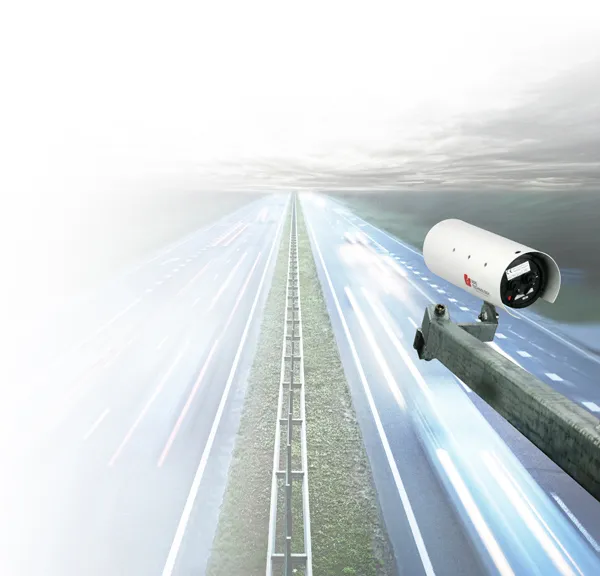
UK safety technology firm Westcotec has won an ITS UK award for its casualty-reduction system installed on the busy Heathrow Airport Perimeter Road.
The ITS UK “Changing Behaviour with Technology” award was given to Westcotec because its installation around London’s western airport effectively brought about a 70 per cent reduction in collisions and a three per cent reduction in average traffic speeds.
Westcotec’s success was announced at the recent ITS UK Awards in London.
Westcotec provided accurate data and compliant GDPR (general data protection regulation) for identification of both the offending driver and the time, date and location of the offence. The technology consists of a network of 50 matrix speed signs covering the entire Perimeter Road, around 11.3km.
The roadside signs display a vehicle’s speed with an additional “Slow Down” message if the vehicle is travelling above the speed limit. Around 100m past each speed sign is an automatic number plate recognition (ANPR) camera housed in a small yellow box at the roadside. It identifies and records any vehicle that is still speeding after it has passed the sign. The cameras captures images of speeding vehicles and their registration numbers.
According to the London’s main police force, the Metropolitan Police, the installation of the matrix speed signs and ANPR cameras has led to a three per cent reduction in average traffic speeds on the Perimeter Road, with an impressive 70 per cent reduction in collisions.
Another benefit of the installation is that high levels of compliance encouraged by the signs have allowed a single 50kph limit to be introduced along the entire length of the Perimeter Road.
Chris Spinks, Westcotec managing director, said the average speed has dropped to between 50kph and 55kph. “Repeated speed warning signs along a stretch of road can lead to sustained speed reductions as drivers become more aware of their speed,” said Spinks.
“Dynamic speed display signs that show drivers their current speed have been shown to increase compliance with speed limits. The presence of speed enforcement warnings makes drivers more likely to stay within the speed they perceive as unlikely to result in a penalty,” he said.
Westcotec, based in Dereham, in county Norfolk, specialises in vehicle-activated signs, fixed and portable and in standard or bespoke designs. The company says that all its products are accredited with CE marks and all other mandatory relevant specifications have been met or exceeded.








